At A Little More Outdoor, we’ve always believed that learning doesn’t have to be confined to four walls or a desk.
As home-educating parents and former outdoor educators, we’ve seen firsthand the magic that happens when kids are given the space to learn through experience, movement, imagination, and nature. Integrating outdoor learning into your home education routine doesn’t require a forest school, fancy kit, or even a massive garden—it just takes curiosity, creativity, and a bit of intention.
In this blog, we’ll share some of our favourite real-life examples from our days running an activity centre:
- Why Learn Outside
- Our Outdoor Learning Stories
- Everyday Outdoor Learning for Home Educators
- Outdoor Projects You Can Build Together
- Embracing Free Play
- Conclusion
Why Learn Outside?

Outdoor learning helps children:
- Develop critical thinking and problem-solving skills
- Build resilience, confidence, and independence
- Improve physical health and reduce stress
- Connect with nature and understand their environment
- Apply academic concepts in real-world ways
And perhaps most importantly, it makes learning fun.
Our Outdoor Learning Stories

When we worked at an outdoor activity centre, we regularly used practical, hands-on challenges to help kids build essential life and academic skills. Many of the children we met had struggled in a traditional classroom setting, but something clicked when the learning was active, meaningful, and outdoors.
Here are just a few examples:
🎯 Maths Through Archery
We once worked with a group of kids who hated maths—until we brought out the bows and arrows. Archery became a gateway to understanding angles, averages, and scoring systems. Suddenly, they were calculating target points and working out probabilities without even realising they were doing maths.
⏱️ Time & Measurement on the Obstacle Course
On our obstacle course, we timed children as they ran, climbed, and crawled their way through. They’d record each other’s times, calculate the differences, and even graph their improvements. It turned abstract maths into something real and exciting.
🌌 The Nightline: Awakening Imagination
The “nightline” was a blindfolded sensory trail. Children had to rely on touch, sound, and communication to guide each other. Afterwards, we’d ask them to write imaginative stories or reflect on what they felt, sparking creativity and emotional awareness.
🔥 Campfire Storytelling & Time Management
Campfire cooking was about more than just marshmallows. Measuring ingredients in our outdoor kitchen, timing food so nothing burned, and retelling myths around the fire brought literacy, numeracy, and oral tradition to life.
🧩 ‘Serendipity’ Team Challenges
One of our favourites! Groups had to solve a series of outdoor puzzles—building bridges with ropes and planks, decoding nature-based clues, navigating mazes, or crossing an imaginary river with limited equipment. These tasks have been developed:
- Leadership
- Communication
- Lateral thinking
- Time management
- Emotional regulation
And they loved every second.
Outdoor Learning at Home: What’s Possible Without a Centre?
We know most families don’t have access to a full activity centre. But outdoor learning doesn’t have to require fancy gear. There are so many ways to integrate nature-based education into your everyday home ed life.
Here are some practical ideas:
🧺 Everyday Outdoor Learning Ideas for Home Educators

🏡 Outdoor Kitchen Projects
- Build a basic mud or pallet kitchen
- Use real recipes: measure, mix, cook
- Estimate and time baking or drying
- Write your own recipes based on what’s available
- Experiment with different ingredients or cooking methods
🧠 Simple Problem-Solving Tasks
- Create your own mini obstacle course
- Set up a scavenger hunt with clues
- “Cross the river” using cardboard stepping stones
- Solve wooden puzzles or create nature mazes
Build a pulley system to lift buckets
🌦️ Observe & Record the Natural World
- Track rainfall with a homemade rain gauge
- Make a sundial and talk about how time was measured
- Track temperature changes or wind patterns
- Compare local hikes in different seasons and draw or journal the changes
- Sit quietly to observe and record birds, bugs, and plant life
🛠️ Creative & Constructive Projects
- Build a den and draw a blueprint beforehand
- Measure materials and discuss structural design
- Try basic woodworking: make simple toys like a wooden boomerang or even a safe archery bow
- Design and create musical instruments from recycled or natural materials
✍️ Reflect, Discuss & Deepen the Learning
- After every activity, ask:
- What did you notice?
- What was challenging?
- What would you try differently next time?
- Can you explain how that worked?
- What skills do you think you used?
- What did you notice?
- Encourage kids to journal their outdoor learning or turn it into a scrapbook
- Record videos, create voice notes, or illustrate what they’ve learned
Outdoor Projects You Can Build Together
Big projects are great for developing patience, collaboration, and long-term planning. Some ideas:
- Build a bug hotel and observe what moves in
- Start a vegetable patch and track growth
- Construct a weather station to collect data
- Create a map of your local area and mark landmarks
- Design a nature trail with signs, facts, and QR codes for audio stories
Embracing Free Play & Unstructured Discovery

Not every learning experience needs to be planned. Some of the most powerful discoveries happen when kids are left to explore, create, and imagine on their own. Give them space to:
- Build forts
- Create their own outdoor games
- Invent characters and tell stories
- Dig, climb, splash, forage
- Test theories and learn through trial and error
Unstructured play builds independence, problem-solving, and emotional intelligence—all of which are real learning.
You Don’t Need to Do It All
We get it—life’s busy, and the idea of setting up outdoor lessons every day might feel overwhelming. But integrating outdoor learning can be as simple as:
- Taking your books outside
- Turning a walk into a wildlife survey
- Letting your child build something and talk about it
- Asking “What do you wonder about today?”
You’re already doing more than you think.
Final Thoughts
Outdoor learning brings a sense of aliveness to education. It engages the senses, encourages curiosity, and makes learning feel meaningful. Whether you’re trekking up hills, cooking outside, or just sitting in your garden watching ants, there are endless opportunities to explore, question, build, measure, move, and reflect.
You don’t need a curriculum that tells you what to teach. You just need to listen, observe, and offer the space to learn naturally.
🌿 “There’s no such thing as getting behind when your child is out in the world learning with their whole self.” Anonymous quote.
We’d love to hear how your family brings learning outdoors—drop us a comment or tag us in your adventures!

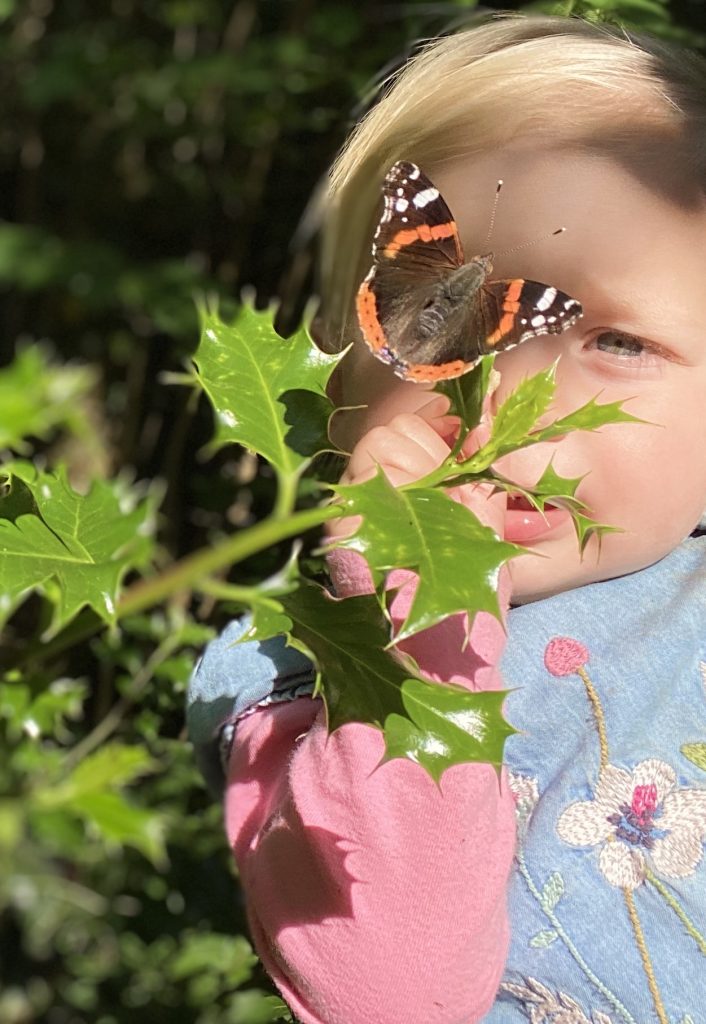


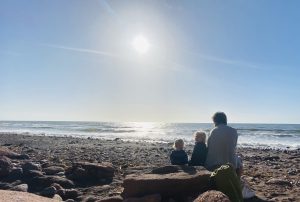
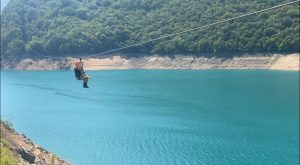
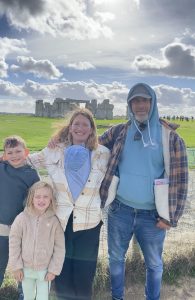

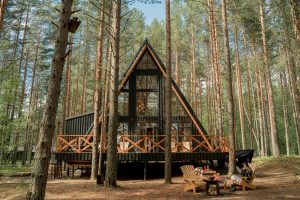
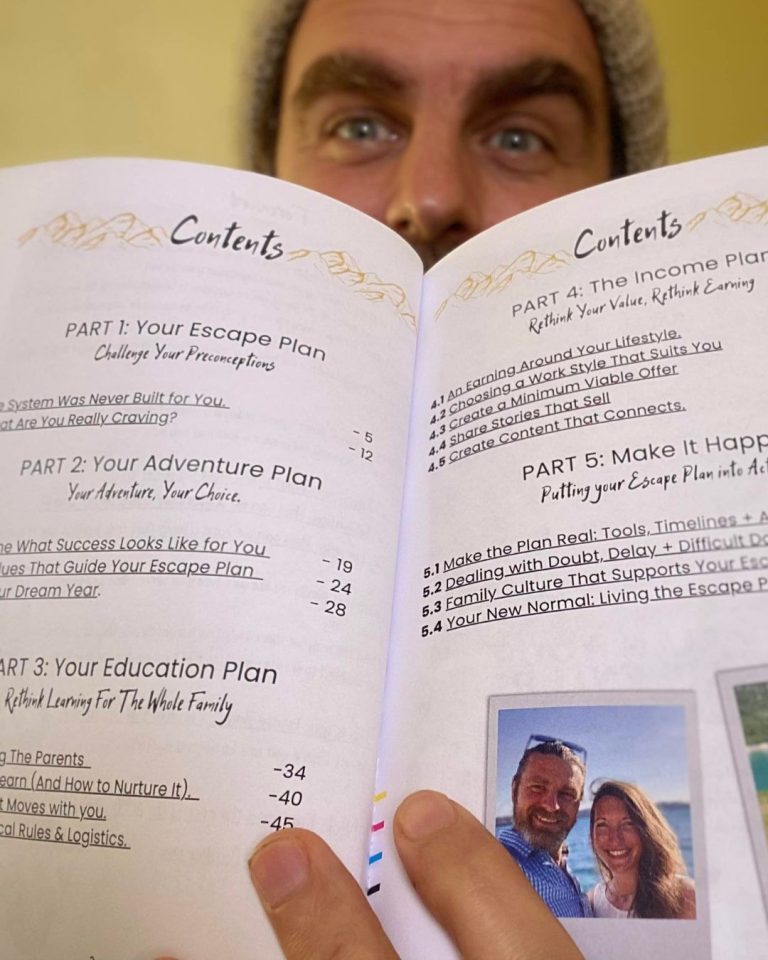
 Adventure – Your style. Your pace.
Adventure – Your style. Your pace. Income – Earn your way, from anywhere.
Income – Earn your way, from anywhere. Education – A learning path that fits your family.
Education – A learning path that fits your family. Action -Make it happen
Action -Make it happen